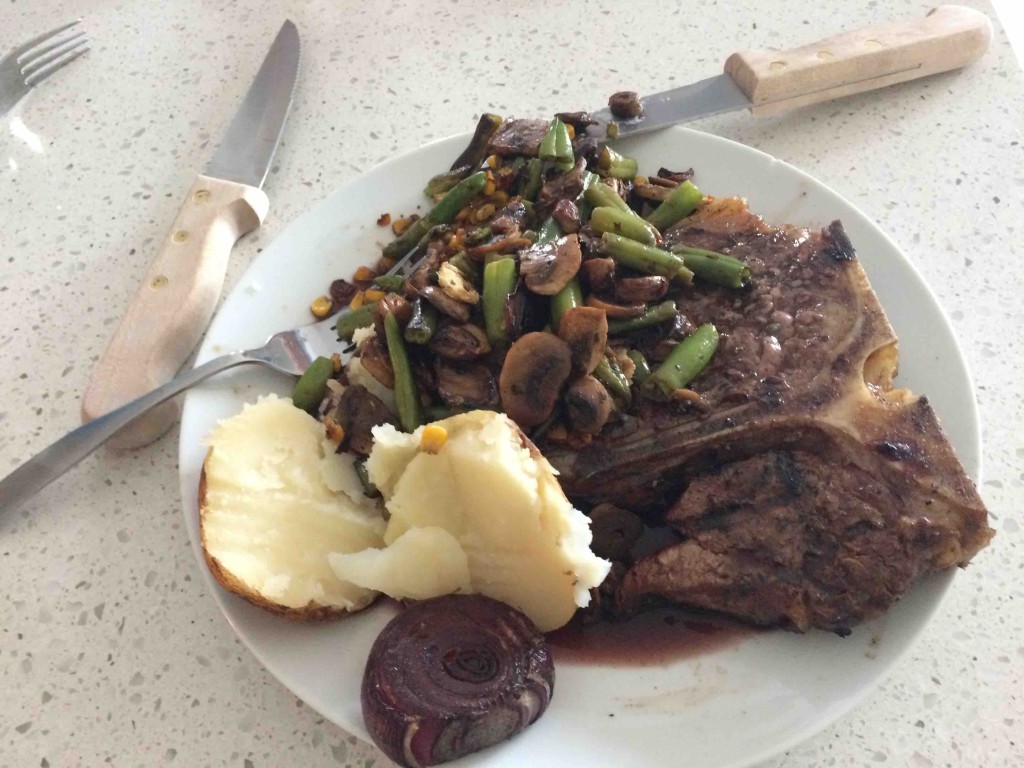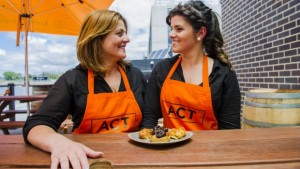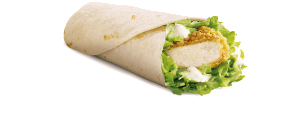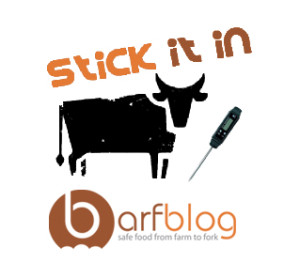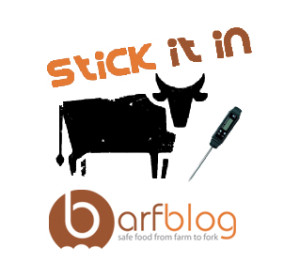McDonald’s takes a lot of heat about their burgers, yet going back to the initial identified E. coli O157:H7 outbreaks in the U.S. in 1982, they’ve somewhat fool-proofed the cooking system and taken steps to reduce risk.
 So any claims about inadequate cooking should be investigated before passing journalistic judgment.
So any claims about inadequate cooking should be investigated before passing journalistic judgment.
A father who bit into his McDonald’s burger to find it was completely raw has vowed to never return to the chain.
Byron Thomas, from Northampton, ordered the quarter pounder with cheese meal for £4.69 on Monday evening, and took it back to his car.
But when the 28-year-old eagerly tucked into his dinner, he noticed a strange taste after he had his first bite.
He said he was sickened when he saw that apart from the light brown top layer, the rest of the meal was red raw.
Color is a lousy indictor of beef safety, but it’s promoted by the UK Food Standards Agency, so …
The father-of-two went back in to the branch at the Weston Favell Shopping Centre in Northampton to complain – but said the manager only offered to cook him another burger.
He then claims he was up from 4am on Tuesday being sick.
Mr Thomas, who lives with his partner Gail Mooney, 36, vowed never to eat there again.
Byron, who works as a health and safety trainer on the railways, refused to give the raw burger back to the manager at the McDonald’s branch.
He is now planning on contacting his local environmental health officer to make an official complaint.
 Mr Thomas, who has two sons Kenzie, three, and Kyson, six, and two stepdaughters Katie, 13, and Karley, 16, has also contacted McDonalds’ head office.
Mr Thomas, who has two sons Kenzie, three, and Kyson, six, and two stepdaughters Katie, 13, and Karley, 16, has also contacted McDonalds’ head office.
He added: ‘I went straight back in there but the manager didn’t look too bothered.
‘He just said ‘sorry I’ll cook you another burger’.
‘But I refused to eat that and refused to give him the raw burger because he wanted to take it away.
A McDonald’s spokesman said: ‘Food safety is our highest priority. We place great emphasis on quality control and follow rigorous standards in order to avoid any imperfections in our food.”
Here’s a possibly better answer: Bryon, we’re sorry, we’re really sorry, and we’ll do everything we can to find out how this happened.”

